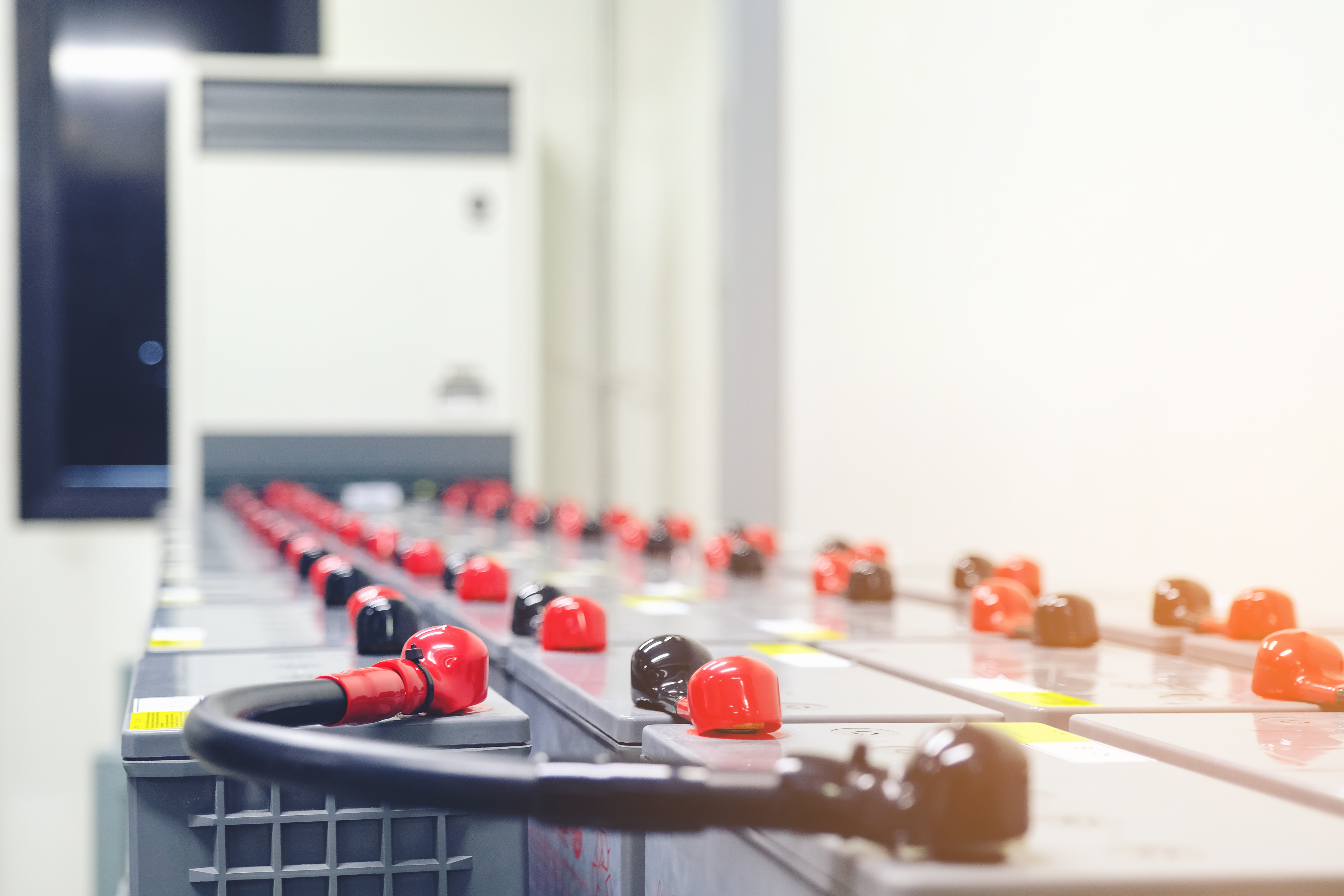Fleet Electrification: How EVs Can Create A Sustainable Future
With climate change becoming the issue of our time, there appears to be more of an effort towards sustainable, eco-friendly operations; regardless of what the trade is! The adage of “Do no harm” as far as the environment is concerned is becoming a part of doing business. As a result, we see companies trying to modify their operations to make them more eco-friendly. But what about our fleet? Well, fleet electrification could be an answer for those who haven’t explored this realm yet or are skeptical about it!
 There is a growing concern about business’ “carbon footprint” and what they can do to reduce it. Companies are learning that pursuing green operations not only benefits public image but can also result in a more efficient, cost-effective method of doing business.
There is a growing concern about business’ “carbon footprint” and what they can do to reduce it. Companies are learning that pursuing green operations not only benefits public image but can also result in a more efficient, cost-effective method of doing business.
A lot goes into achieving a business that is both environmentally friendly and productive. The tasks include the workforce, management’s ability to make the right decisions, and having equipment that is sustainable and minimizes the TCO (Total Cost of Ownership).
When it comes to warehouse and distribution center operations, the equipment needed includes material handling power equipment. There is a choice as to how the equipment is powered. Of course, there is internal combustion equipment (ICE), such as gasoline-powered equipment, liquid natural gas-powered equipment, propane-powered equipment, and diesel. Also, the alternative that is growing within the industry, electric-powered equipment. Choosing electric-powered equipment over gasoline-powered models can assist a warehouse or distribution center in achieving efficiency and sustainability for minimal costs.
Fleet electrification is the most rewarding option for a warehouse or distribution center in the longer run. Although electric vehicles (EVs) are more expensive to purchase than the gasoline variety, these machines save costs during their operational lifespan, thus, making them a better choice when it comes to return on investment. However, it is not just the savings that make electric-powered equipment an essential cog in a warehouse operation but more explained below.
Cost Considerations
Yes, an electric forklift is indeed more expensive to purchase than a gasoline model.
Generally speaking, a standard 5,000-pound capacity gasoline-powered forklift costs from $15,000 to $30, 000. A 10,000-pound capacity forklift can cost as much as $45,000. Of course, various manufacturers determine the actual price. Still, these are accurate ballpark figures.
On the other hand, generally speaking, a standard 5,000-pound capacity electric forklift has a purchase price of $20,000 to $30,000 depending on the brand and quality. Also, you may have to pay up to $5,000 extra for a battery and charger.
What makes an electric forklift more enticing is that they require less maintenance than the gasoline variety, they are battery-powered, and they are eco-friendly.
Maintenance costs are limited for electric-powered equipment because the electric motor that runs them does not require the same extensive maintenance routine that an internal combustion engine requires. Whatever maintenance needs to be done is a lot easier.
 Again, there is indeed a high initial cost for batteries. However, they pay for themselves over time because they can be recharged over and over again. With gasoline-powered machines, fleet managers will have to include the cost of purchasing and storing gasoline when determining a yearly budget.
Again, there is indeed a high initial cost for batteries. However, they pay for themselves over time because they can be recharged over and over again. With gasoline-powered machines, fleet managers will have to include the cost of purchasing and storing gasoline when determining a yearly budget.
It is not that there are no so-called fueling costs for electric power equipment. Such expenses can range from 80-cents an hour to $3.00 an hour. That is certainly less than you would pay for gasoline.
Electric forklifts last longer before parts start to fail. The lifespan of an electric lift could be as close to as double that of a gasoline-powered lift.
In short, electric-powered equipment has a lower cost of ownership than a gasoline-powered alternative.
Operational Advantages
Besides the cost savings, electric-powered equipment is safer to use. For example, there are no emissions — a significant benefit when the machine is operated indoors.
These electric machines generate little if any noise. This benefit is sure to improve the conditions within the work environment of a warehouse or distribution center. The power equipment operator can hear what is going on around him so he can react faster — resulting in the safe operation of the machines.
Telematics Enhance the Savings And Environmental Benefits
New technologies, including telematics, assure that the savings achieved by fleet electrification are further enhanced. Telematics products aid fleet management in monitoring conditions of the power equipment. This ensures that the equipment is well maintained and operated safely.
Additionally, it can also help in reducing the carbon footprint of an electric or even gas-powered vehicle because it reduces idle times and assists in developing more efficient routes, saving on fuel costs.
The battery is the heart of electric-powered equipment. Fleet management needs to know in real-time that it is working correctly. Nothing can blow up a budget more than a damaged battery. It leads to downtime for the equipment and equipment operator and results in expensive repairs. Telematics products are available that measure the condition of a battery to ensure a longer life. It is designed to alert fleet management to problems before they can adversely affect the bottom line.
________________________
Access Control Group offers telematics devices that monitor batteries in fleet management vehicles to ensure longer life. Our CellTrac sensors monitor water and electrolyte levels and alert fleet managers in real-time if the water/electrolyte level drops too low. 
CellTrac can be installed in just five minutes. It includes a low water alarm, temperature monitoring, and offers maintenance notifications. It also generates reports that give you detailed data on battery operation and performance.
We also offer a cloud application device dubbed AssetPro360 that connects to the CellTrac that reports ways to improve an ongoing battery maintenance program to ensure the life of the battery.
To learn more about the CellTrac or AssetPro360, visit the Access Website or contact an Access representative.
